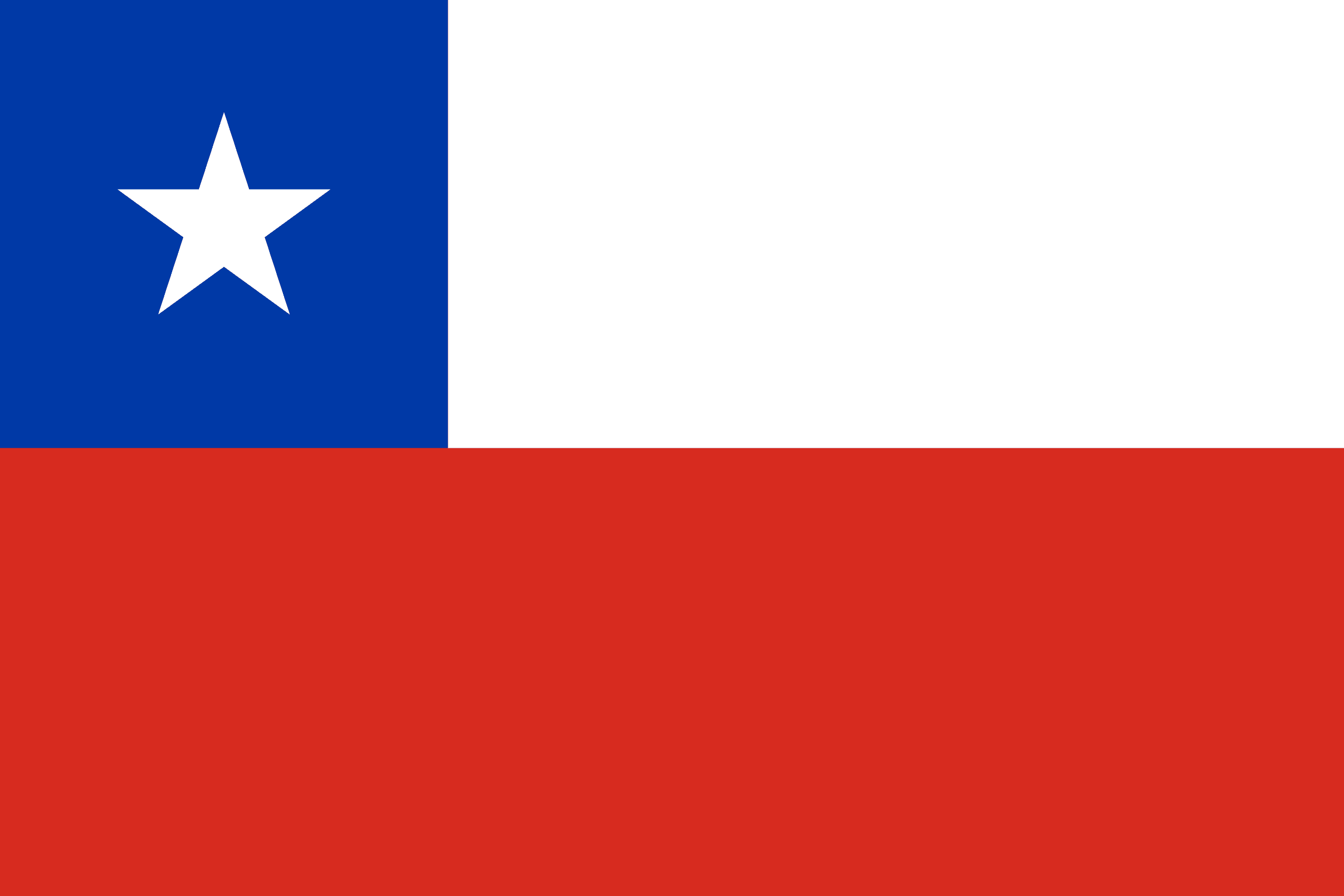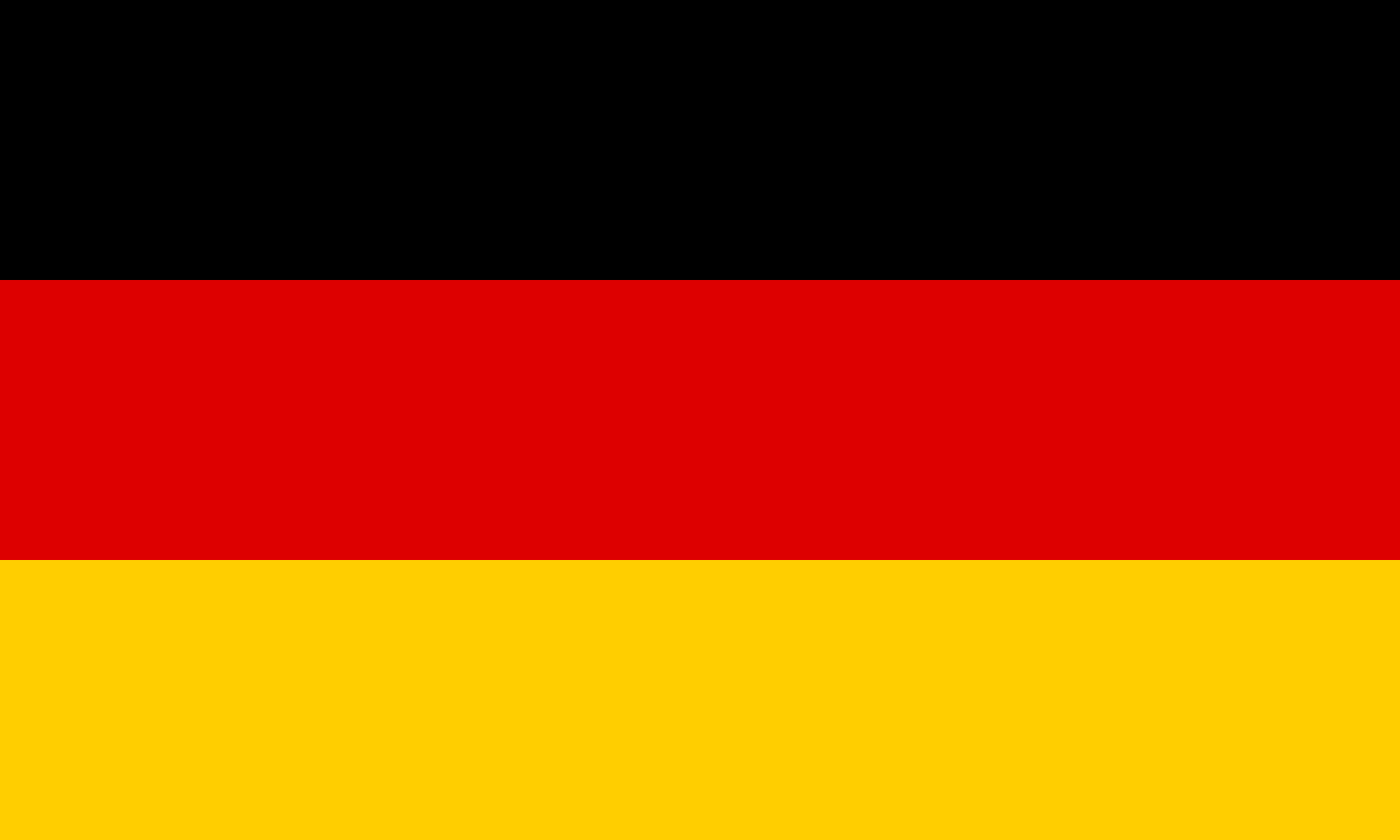
Caliche y su prominencia
Como caliche se entiende una roca sedimentaria, que se forma en regiones áridas o semiáridas. El término se origina en el latín calx (cal). Debido al origen, se encuentra a menudo cerca de la superficie. Normalmente es de color claro y varía de blanco a rojizo marrón, dependiendo del contenido químico de la misma.
Uno de los campos de caliche más grandes está en Chile, en el postre de Atacama. Se espera que esta sea la fuente más grande de nitratos naturales en el mundo, principalmente nitrato de sodio y nitrato de potasio (salitre). Los depósitos se extienden sobre 700km. El origen de estos nitratos no se conoce de manera concluyente. La suposición incluye:
- viejos depósitos de guano
- transporte hidrológico de soluciones de piedras magmáticas en la depresión hidrológica
- producción microbiológica a gran escala
- grandes lagos salados que se secaban
- transporte de aerosoles desde la cordillera o el océano
Es probable que más de uno de los factores tal vez correcto. La alta concentración se remonta al largo tiempo del clima hiperárdico en el desierto de Atacama, que impidió la eliminación de los nitratos.
La capa de caliche en Chile tiene entre 0,5m y 5m de espesor. Y se encuentra bajo una capa de 0,3m y 2m de material de recubrimiento.
Minería y Vivir
A finales del siglo XVIII, los nitratos de América del Sur ganaron importancia para el resto del mundo. Las masas y el fácil acceso lo convirtieron en el "oro blanco" de esa época. Officinas se han establecido en el área de antes casi deshabitada. Una conexión con el mar fue creada por el tren
Políticamente fue tan importante, que llevó a la guerra del pacífico (en alemán quizas adecuadoe referido como las guerras de salitre). Antes de la guerra esta región pertenecía al Perú, después a Chile.
Si estás interesado en conocer las condiciones de vida o te gustan los lugares perdidos, recomiendo una visita a este patrimonio cultural de la UNESCO. Para el earthcache esto no es necesario.
Tarea
Siga este procedimiento:
- ¡Lea el Earthcache y las preguntas!
- Vaya al lugar y busque respuestas.
- Envíame las respuestas.
- Posteriormente puede iniciar sesión inmediatamente.
Por favor, hágalo en este orden. :-)
- Según la penal de informatión, ¿cuántos años atrás los lagos deberían haber estado en esta área?
- Cerca se encuentra un hito mojon, en que coördinates es y qué se puede encontrar en su base?
- Tome un poco de agua con usted y encontrar un trozo de caliche. Describa el caliche en sus propias palabras (color, superficie, ...) y describa qué sucede si usted pone el agua sobre él.
Nota: ¡Usted está en un postre! Por favor bebeer suficiente agua. La protección solar también es obligatoria. Hay autobuses que van desde Iquique (hacia Pica) y hacia atrás. Usted puede fácilmente permanecer varias horas en ambos lados.

Caliche and its prominence
As caliche a sedimentary rock is meant, which forms in arid or semiarid regions. The term itself is spanish and originates from the latin calx (lime). Due to the origination, it is often found near the surface. It is normally light in color and range from white to reddish-brown, depending on the chemical content of it.
One of the biggest caliche fields is in Chile, in the Atacama dessert. This is expected to be the largest source of natural nitrates in the world, mainly sodium nitrate and potassium nitrate (saltpeter). The deposits extend over 700km. The origin of these nitrates is not conclusively known. The assumption include:
- old guano deposits
- hydrological transport of solutions of magmatic stones into hydrological depression
- microbiological production in large-scale
- large salt lakes which dried out
- aerosol transport from cordillera or ocean
It is likely that more of one of the factors maybe correct. The high concentration could be traced back to the long time of hyperarid climate in Atacama Desert, which prevented the removal of the nitrates.
The layer of caliche in Chile is between 0,5m and 5m thick. and is found under a layer of 0,3m and 2m of covering material.
Mining and Live
In the end of 18th south american nitrates gained importance for the rest of the world. The cheer masses and the easy access made it the "white gold" of that time. Small fabrics (officinas) have been set up in the beforehand nearly uninhabited area. A connection to the sea was created by the train.
Politically it was so important, that it led to the war of the pacific (in german more matching the saltpeter wars). Before the war this region belonged to Peru, afterwards and until today to Chile.
If you are interested to get to know the living conditions or you like lost places, I highly recommend a visit to this UNESCO World Cultural Heritage. For the earthcache this is not necessary.
Task
Please follow this procedure:
- Read the Earthcache and the questions!
- Go to the place and look for answers.
- Send me the answers.
- Afterwards you can immediately log.
Please do it in this order. ;-)
- According the sign, how many years ago the lakes should have been in this area?
- Nearby you find a milestone (hito mojon), on which coördinates is it and what can you find on its base?
- Take some water with you and find a piece of caliche. Describe the caliche in your own words (color, surface, ...) and describe what happens if you put water over it.
Note: You are in a dessert! Please stay hydrated and take enough water. Sun protection is also obligatory. There are buses going from Iquique (towards Pica) and back. You can easily stay several hours in both sides.

Caliche und seine Bedeutung
Caliche ist ein Sedimentgestein, welches sich in ariden und semiariden Regionen bildet. Der Begriff kommt aus dem spanischen, welches sich aus dem lateinischen Calx (Kalk) ableitet. Durch die Entstehungsart kommt es häufig Oberflächen nah vor. Normalerweise hat Caliche eine helle weiß bis rötlich braune Farbe. Dies hängt von der Zusammensetzung zusammen.
Eines der größten Caliche Felder befindet sich in Chile, in der Atacama Wüste. Es wird ankommen, dass es sich um das weltweit größte Vorkommen von Nitraten handelt, größtenteils Natriumnitrat (Natronsalpeter oder Chilesalpeter) und Kaliumnitrat (Kalisalpeter). Die Ablagerungen erstrecken sich über eine Fläche von 700km. Die Entstehung und Quelle der Nitrate konnte noch nicht abschließend geklärt werden. Folgende Faktoren können eine Rolle spiele:
- alte Guano Ablagerungen
- hydrologischer Transport von Lösungen aus magmatischem Steinen in hydrologische Senken
- mikrobiologische Produktion im großen Maßstab
- große Salzseen die austrockneten
- aerosoler Transport von den Anden oder dem Ozean
Es ist sehr wahrscheinlich, dass mehr als ein Faktor hier zutrifft. Die Konzentration kann auf das hyperaride Klima über eine lange Zeit zurückgeführt werden, welches die Auswaschung der Nitrate verhinderte.
Die Caliche Schicht in Chile ist zwischen 0,5m und 5m stark und ist unter einer 0,3m bis 2m starken Deckschicht zu finden.
Abbau und Leben
Ende des 18ten Jahrhunderts gewannen Nitrate aus Südamerika im Rest der Welt an Bedeutung. Die nahezu unbegrenzten Vorkommen und die leichte Erreichbarkeit machten es zum "weißen Gold" der Zeit. Kleine Fabriken (officinas) wurde erbaut in einer zuvor unbewohnten Region. Eine Verbindung zum Ozean wurde durch Züge geschaffen.
Politisch gewann es so sehr an Bedeutung, dass es zum Salpeterkrieg führte. Vor dem Krieg gehörte die Region zu Peru, nach dessen Niederlage wurde das Gebiet Chile zugeordnet.
Wenn ein interesse an den Lebensbedienungen oder an Lost Places besteht, kann ich einen Besuch des UNESCO-Weltkulturerbes nur empfehlen. Dies ist nur für den Earthcache nicht nötig.
Aufgabe
Bitte wie folgt Vorgehen:
- Lese den Earthcache und die Fragen!
- Gehen zum Ort und suche nach den Antworten.
- Schicke mir die Antworten
- Im Anschluss kann direkt geloggt werden.
Bitte in dieser Reihenfolge ;-)
- Vor wie viel Jahren existierte hier ein See in diesem Areal laut dem Schild?
- In der Nähe findest du einen Meilenstein (hito mojon), was sind dessen Koordinaten und was kannst du an seinem Fuß finden?
- Nimm etwas extra Wasser mit und finde etwas Caliche. Beschreibe die Caliche in deinen Worten (Farbe, Oberfläche, ...) und beschreibe was passiert, wenn du Wasser über diese gibst.
Anmerkung: Du bist in einer Wüste! Bitte trink genug und nutze Sonnencreme. Es fahren Busse von Iquique (nach Pica) und zurück. Es ist ohne weiteres möglich, an beiden Orten mehrere Stunden zu verbringen.